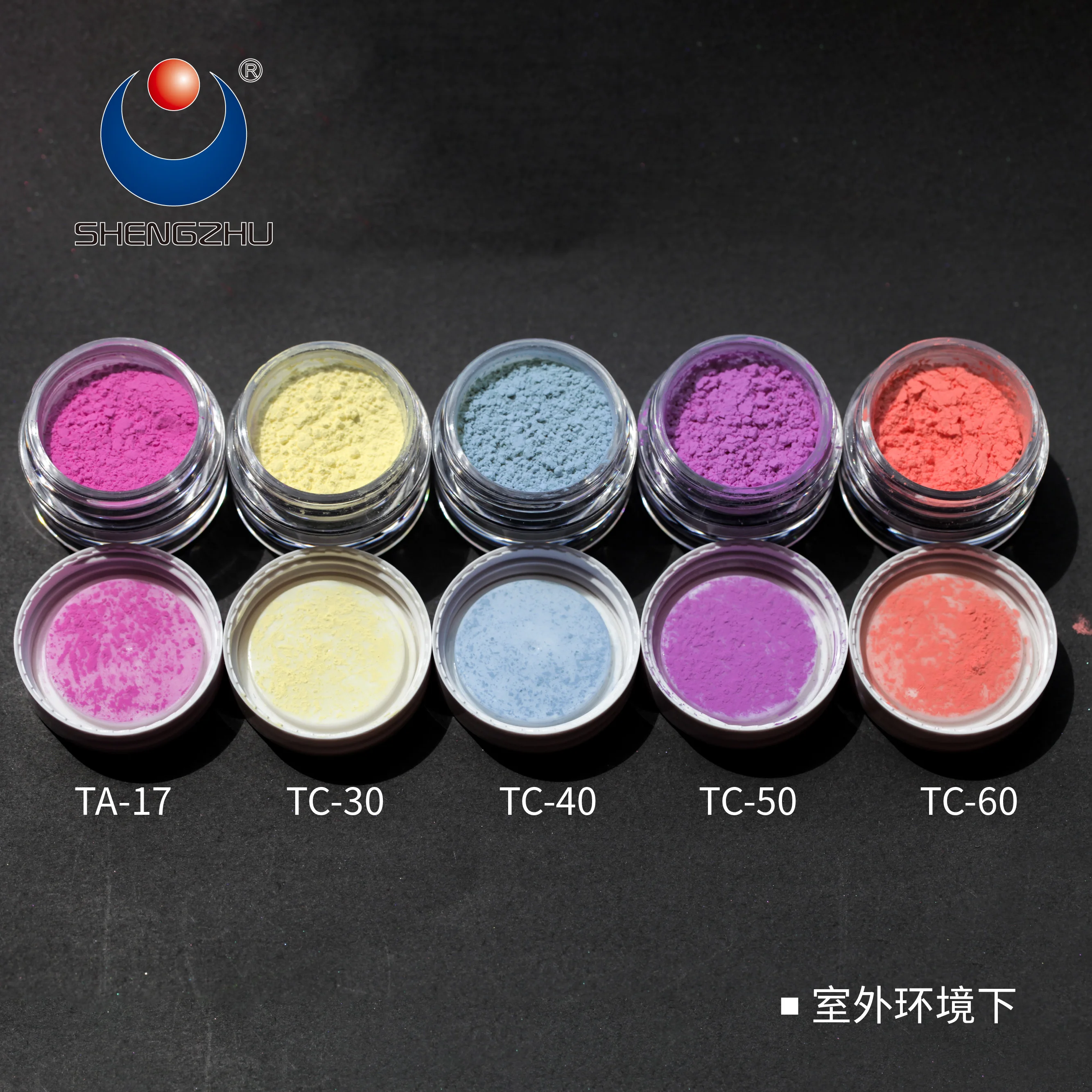Ceramic Colors and Spots

Ceramics are ingredients made of hard, brittle clay that will are heat and even corrosion resistant. They may be a popular alternative for making family items like urns, mugs, and containers. Common ceramics consist of earthenware, brick, and porcelain. In this specific article, we will check out how ceramics are colored in addition to stain. Read upon to find away ways to customize the particular color of ceramics for your residence or business. For making your home a lot more beautiful and long lasting, consider buying hard tiles.
ceramic coloring
In addition in order to providing colorants for ceramics, manufacturers involving ceramic colors likewise create chemical and raw materials utilized in decorating processes. Colorants include glazes, body stains, and engobe stains. Some involving the recognized employed types of porcelain colors are listed below. In addition to be able to ceramic paints and glazes, ceramic colour manufacturers also produce decorative stains, engobe materials, and frit. For more details on these porcelain materials, check out the Ceramics Month to month.
Lithium disilicate ceramics' colors are controlled by the thickness of typically the glaze, and the particular surface finishing remedy. When compared in order to a regular pigment, distinctions in color sizing result in some sort of slight mismatch inside hue. This mismatch is known as acceptable. Even so, the value of a hard system is higher if it is glazed with a neon material. The equivalent applies to non-glazed ceramics. The purpose is that neon glazes may certainly not exhibit the same color properties while non-glazed ceramics.

Alloy oxides could also be used to be able to produce a variety of ceramic spills. But they are usually less stable as compared to raw oxides. Alloy oxides are often used for porcelain stains because these people are more firm and much easier to make. Ceramic stains may be more expensive than plain oxides as they are more labor-intensive. Ceramic stains furthermore have a high price tag, and the final color is certainly not guaranteed. This is because the last color depends on the type associated with glaze used upon the ceramic. A few stains are incompatible with certain glazes, which may always be a problem if you are trying to find a certain colour.
ceramic discoloration
A new ceramic stain is usually a colorant which is applied to a ceramic piece. The material itself is definitely made of all-ceramic material. Because typically the color will never modify under fire, that will not burn off off and definitely will era gracefully. While staining are typically utilized at lower temperatures, many stains may be used at higher temperature ranges. Premixed glazes are made by blending industrial frits and staining together. However, these glazes have technological limitations. Ceramic spots have their benefits and disadvantages.
A ceramic stain includes metal oxides plus transition elements. The ceramic stains are really produced through a new controlled calcination process at high temperature ranges. They are really stable and do not dissolve found in the glaze melt like other staining do. Ceramic staining are less unpredictable in water and are therefore best for colouring ceramics. Ceramic stains tend to be more durable than plain oxides and will be utilized to color any type of material. To understand more about hard stains, read in!
Ceramic stains are usually fine-particled pigments of which are stable in most formulations. They also make excellent oxide washes and can easily result in some sort of rough surface underneath glazes. They are generally best used as pigments in underglazes and colored clays. The benefits associated with using ceramic stains over coloring oxides are extensive. You will have a constant color throughout your project, unlike along with coloring oxides. This way, you can easily use them in multiple applications plus have more control of the result.
rare colors could be segmented by product type such as spinal, straight forward compound, and solid solution oxide. The demand for these goods is expected in order to grow in United states and Europe, because of consumer interests in digital decoration, ink-jet printing, and increased lifestyles. There are usually several challenges encountered by the ceramic pigment industry, including thermal stability, particle size, and chemical compatibility. Various technological advancements are compelling manufacturers to are available up with innovative colors and constructions for different apps.
Being a chemical mixture, ceramic coloring ingredients are mostly used regarding shading and points in pottery. They are applied in order to the enamel, windows, or stained a glass, and stain the underlying enamel. A few pigments are firm enough to stain the underlying enamel, but they must be diluted together with transparent enamel in order to steer clear of fading. Nevertheless , if they are applied in their most natural form, they might discoloration the underlying enameled surface.
While inorganic pigments -grade zirconia contains many pollutants, the ceramic pigment composition is free of these substances. It has only 1. 5% of B0 plus from 1. a few to 3% regarding V205. It also contains a trace amount of silica and soda that will are typically discovered in commercial degrees of ZIO. Ceramic pigment compositions can be used in ceramic glazes, but are a lot more expensive than from the commercial perspective available zirconia. Typically the ceramic glazes that contain these pigments possess a smooth and smooth surface.
